There was nothing to suggest that October 22 1966 would be anything other than a typically dismal Saturday at Wormwood Scrubs, a dingy Victorian prison in north-west London. Late that afternoon, inmate 455 told a guard that the idea of spending his free time watching TV with the other high-security prisoners in D Hall was a “farce” and he’d prefer to read in his cell.
He then made his way to the second-floor landing, where he squeezed through a broken window and shimmied down the outside wall into the rain-slicked exercise yard sometime between 6pm and 7pm. An accomplice waited in a hiding place on Artillery Road nearby. After a brief burst of communication over walkie-talkie, a handmade rope ladder fell into the yard as the guards and inmates settled down to their weekly film night. The most audacious prison break in modern British history had begun.
When the alarm sounded at roll call less than an hour later, the prison governor picked up the phone to call Shepherd’s Bush police station. “One of our chaps has gone over the wall,” he explained to a PC Frankling. Inmate 455 was no ordinary prisoner. George Blake, the 43-year-old ex-MI6 spy turned Soviet agent, had been unmasked in 1961 following a tip-off from a Russian defector. At the Old Bailey that May, Blake was handed a 42-year sentence, the longest non-life sentence ever given by a British court. It represented, the media reported, a year for every intelligence agent killed due to Blake’s betrayal — a claim that has been contested ever since. The severity of the punishment shocked even the prime minister Harold Macmillan, who the presiding judge had consulted the night before the verdict. “The LCJ [Lord Chief Justice] has passed a savage sentence — 42 years!” Macmillan noted in his diary.
Blake had served just five years of his sentence by the time he escaped. After a months-long manhunt, he resurfaced in East Berlin, then moved permanently to Moscow. Speculation as to the identity of his accomplices dominated the news cycle, with theories ranging from the plausible to the absurd. The novelist John le Carré mused on a potential KGB operation. Others that the escape was an elaborate inside job, with British intelligence releasing Blake in order to redeploy him against the Soviets. Perhaps he had flown incognito to Sydney, or been driven up the M1 motorway in a hearse. Some even whispered that a deep-cover Czech orchestra had smuggled Blake out of Britain in a cello case. To many, the Russian connection seemed most likely. “[Blake’s] escape was [probably] engineered indirectly by the Russians, and he is now well on the way to, if not yet behind, the Iron Curtain,” declared one broadsheet editorial.
The truth, when it finally emerged more than 20 years later, was even more extraordinary. Michael Randle and Pat Pottle were a pair of English peace activists, now middle-aged, who had met Blake at Wormwood Scrubs during a stint inside for organising a non-violent protest at Wethersfield military base in Essex. They worked on the escape plan with another inmate, Sean Bourke, a charismatic Irish career criminal with a penchant for violence and literary quotation. Their respective motivations were clear. For Randle and Pottle, Blake’s sentence represented a “vicious and indefensible” case of cold war-era political malice. For Bourke, the prison break offered an unmissable chance to inject some adventure and sense of purpose into his life.


When Randle and Pottle’s roles were publicly revealed by The Sunday Times in 1987, the blowback was immediate. They were charged with three historic offences. “It would be poetic justice,” sniffed The Sun, “if this nasty pair could be locked away for the remaining 40 years of Blake’s sentence.”
When the case went to trial at the Old Bailey in June 1991, it was in the same courtroom in which Blake had been convicted 30 years earlier. The new trial, studded with Special Branch agents, bombshell testimonies and novel legal arguments, was every bit as dramatic as its predecessor. But its impact ran even deeper, its shockwaves felt today in the British criminal justice system.
Whatever the shifts in geopolitics since Blake’s day, our collective fascination with the world of international espionage is undimmed. In April this year, two young British men were accused of spying for China and subsequently charged under the Official Secrets Act. This summer, it was difficult to scroll through social media without some reference to the unmasking of Artem Viktorovich Dultsev and Anna Valerevna Dultseva, two Russian agents arrested on espionage charges in Slovenia in 2022, who were shipped back to their homeland in early August, to an effusive welcome from President Vladimir Putin. So committed were they to their cover story — an entrepreneurial Argentine family setting up home in Slovenia — that their two young children had no idea about their parents’ double life, nor spoke a word of Russian. It didn’t take a cultural critic to note the similarities to the cult TV drama The Americans.
Blake was born George Behar in Rotterdam in 1922 to a Dutch mother and Sephardic Jewish father, who was a naturalised Brit on account of his service in the first world war. Blake’s upbringing was peripatetic, with spells in the Netherlands and Egypt. Britain was a distant place experienced mostly second hand; before the outbreak of the second world war, he had visited only once. “To betray, you first have to belong. I never belonged,” he later said. The war made Blake. A talented linguist, he was recruited by MI6 in the early 1940s after a spell in the Dutch resistance under the nom de guerre Max de Vries. He arrived in Britain after a daring, circuitous journey through Belgium, France and Spain.
Following stints reading Russian at Cambridge University after the war, and working with naval intelligence in East Germany, Blake was posted to Seoul at the start of the Korean war. He later claimed that the brutality of the war is what fully converted him to the communist cause, after a brief university flirtation with Marxist theory: “I saw the Korean war with my own eyes — young American PoWs dying and enormous American Flying Fortresses bombing small defenceless villages. And when you [have seen] that, you don’t feel particularly proud to be on the western side.”
He was captured in 1950 and, after three years in captivity, he was released and sent to Berlin by MI6 with the goal of recruiting Soviet and East German double agents. The British had no idea that Blake had long since passed a note from his captors to the Soviet embassy offering his services as double agent. For the next eight years, he would meet his Soviet handler in London and Berlin. When he was finally summoned for interrogation in London, following a tip-off from a Polish communist defector, he quickly confessed.
The news of Blake’s treachery was met with revulsion and disbelief. One MI6 training instructor reportedly burst into tears. Leniency was not likely to be on the cards. Blake did not command the same protection afforded to the more establishment “Cambridge Five”, none of whom were ever prosecuted for their decades as Soviet double agents. Blake — unapologetic, cosmopolitan, icily intellectual — didn’t have the bonhomie of Kim Philby or booze-soaked melancholy of Guy Burgess or Donald Maclean. While Philby was offered immunity in return for his full co-operation, no similar deal was offered to Blake. “But then Blake, a foreigner, was not a gentleman,” wrote historian Ben Macintyre.

I first learnt of the Blake escape long after it happened, in Thomas Grant’s Court No.1 The Old Bailey: The Trials and Scandals that Shocked Modern Britain, published in 2019. I found myself less drawn to Blake himself than to Michael Randle and Pat Pottle, the genial peace activists, and to Sean Bourke, their squiffy accomplice. How had this unlikely trio pulled off such a daring act? Were their professed motivations really so straightforward? And why had it taken decades for the might of British intelligence to catch up with them?
In January this year, I travelled from London to Saltaire, a pretty Victorian model village on the outskirts of Bradford, West Yorkshire. The walk from the station to the Randle family home took me past a preserved former cloth mill and cluster of 19th-century terraces. On arrival, I was greeted by Michael, now well into his nineties, and his youngest son Gavin, a middle-aged musician.
I’d initially spoken to Gavin on the phone at the end of last year. It wasn’t an easy time for the family. Anne Randle, Gavin’s mother and Michael’s wife of over half a century, had recently died after a long illness. When I arrived at their home, Gavin offered up a photo of his beaming newly wed parents in the early 1960s. “I still think, ‘Oh, I must tell Anne this [or] that,’ before I realise that it isn’t possible,” Michael told me. Though there were signs his short-term memory had begun to decline, it quickly became apparent there was little wrong with his recall of the more distant past. During our afternoon together, I found both Randles urbane, winning company, the conversation serious, though laced with mischief.
Michael Randle was born in Worcester Park, Surrey in 1933. He lived in England for much of his childhood, though he spent the duration of the second world war in Ireland with his mother’s Republican family in County Carlow and Kildare. “It taught me there was more than one perspective to take [on] an issue”, he explained with wry understatement. “They lived near a prison [during] the Easter Rising and [they] could hear the executioners’ rifles from their home.” Randle, following his father, registered as a conscientious objector in his teens. In his twenties, he joined the anti-nuclear-weapons protest movement, and served as secretary of the Committee of 100, the direct action group founded by Bertrand Russell, among other grandees of the British peace movement.
Pat Pottle was born into a large, working-class family in London in 1938. His upbringing was marked by the influence of his socialist father, a trade union official. On the urging of his mother, he trained as a printer before going into business in London. Like Randle, his political commitments crystallised early on. By the end of the 1950s, Pottle was organising his first anti-war protests. He became one of the founding members of the Committee of 100 in 1960. The following year, he defended himself against charges under the Official Secrets Act relating to a sit-in at the US air base at Wethersfield, Essex. Despite putting up a spirited fight in court, Pottle, Randle and several others were jailed for 18 months and sent to Wormwood Scrubs. It was there they met George Blake.
“Pat was very outgoing. There was no side to him. He was straightforward,” said Randle when I asked him about his friend, who died in 2000 aged 62. The two men had strikingly different temperaments. “Pottle was [always] a great raconteur. He drank gin and smoked,” said Richard Norton-Taylor, The Guardian’s longtime former security editor and a close friend of both men. “Randle was quite ascetic and skinny. Sort of a vegetarian Quaker.” What they shared was faith in non-violent resistance.
Randle and Pottle first met Blake at a prison music class. Pottle later wrote that the sympathy between the three was mutual. Blake admired their principled anti-nuclear stance, while they considered him to be a political prisoner. Do you ever think of escaping, Pottle asked him one day. Blake replied that he thought of little else. Pottle was soon shipped out to an open prison, while Randle remained at Wormwood Scrubs, but they continued to mull over the idea of Blake’s escape.
Randle met Sean Bourke working at the prison bakehouse. In a story crammed with unlikely, outsized characters, he is perhaps the loudest. The 32-year-old had had an eventful upbringing in Limerick. At 12, he was sent to a reformatory for stealing a bunch of bananas. After moving to England in his late teens, he was packed off to borstal for handling stolen goods. From then, his criminal career escalated. In 1961, he posted a biscuit tin containing a home-made bomb to the address of a police officer he suspected of spreading false rumours about his sexuality. The device shot into the would-be victim’s ceiling, landing Bourke a seven-year sentence. What had attracted Randle, the vegetarian pacifist, to Bourke, apart from a shared acquaintance with Blake? “He was charming and intelligent,” Randle offered, by way of explanation. “Entertaining. He had a very good sense of humour.”
By 1963, Randle was back home in north London, now with a young family to support. But this period of domesticity was soon interrupted by a phone call from Bourke. It was mid-May, 1966, and he was living in a halfway house in west London. He said he was anxious to meet up. Delighted, if surprised, to hear from him, Randle told Bourke to make his way to his family home in Kentish Town. After a brief burst of reminiscence, Bourke grew sombre. Blake’s mood had deteriorated drastically in prison, he told Randle. Bourke had agreed to work on an escape plan and had made some progress, including getting a walkie-talkie to Blake. But financing remained an issue. The Randles immediately agreed to help.
After months of preparation, Randle telephoned Pottle, who had spent a brief spell working as Bertrand Russell’s secretary following his release from prison. Randle had something to discuss in person, he told his friend. Pottle understood straight away that it must be about Blake. They met that evening at Holborn Tube station, near Pottle’s printing press, and he agreed to help.
The success of the plot relied on a mix of courage and good fortune. Bourke sourced a getaway car, knitted a rope ladder and rented a bedsit near the prison under an assumed name. Randle drummed up some money from a small circle of well wishers in the peace movement. The escape itself passed with just one significant hitch: Blake broke his wrist on landing. A friendly doctor was rapidly procured, though it became apparent Blake would have to be moved before the bedsit’s landlady appeared for her weekly cleaning day. He then lived between a series of unsuitable safe houses before Pottle agreed to lodge him and an increasingly truculent Bourke in his Hampstead flat.
After discarding a series of ludicrous schemes — one had Blake using chemicals to black up in order to flee Britain under a false passport — a second-hand Commer camper van was procured and modified with a hidden compartment in which Blake could be stowed. Just before Christmas 1966, the Randles took what appeared to be a family road trip to Berlin. After days of relentless, amphetamine-fuelled driving, Blake was released from his hiding place into the freezing East German night. “He waved, and almost at once was lost in the darkness,” Randle recalled.

Meanwhile, in London, Bourke’s flair for self-sabotage was becoming apparent. Not only did he fail to dispose of the getaway car, but he rang a west London police station to report its precise whereabouts. During his time at Pottle’s flat, supposedly in hiding, he would regularly walk the streets of Hampstead, even accosting a local boy to post a photo of himself to the office of a tabloid newspaper. Later, it transpired that he’d made tape recordings of his and Blake’s walkie-talkie conversations, to be auctioned off to the News of the World.
Despite Bourke’s best efforts at conducting a one-man publicity campaign, the furore died down and normality gradually returned. Randle and Pottle went back to their busy lives devoted to various leftwing causes. “I remember when George Blake’s name came up when we were playing Trivial Pursuit,” recalled Pottle’s son Casper, when we spoke on the phone. “My parents started creasing up and I had no idea why.”
Blake’s and Bourke’s trajectories were less happy. Bourke followed Blake to Moscow in 1967 and the two men were placed in a lavish flat. There their relationship drifted into mutual resentment. Blake was “sullen, intolerant, arrogant and pompous”, Bourke later wrote, intimating that Blake was spying on him (almost certainly true) and even manoeuvring to have him assassinated (this more outlandish claim has never been proven). As for Blake, his flatmate’s grandstanding quickly lost its charm. “I soon began to resent him,” he wrote. “I thought at least he should do some housework.”
In 1968, Bourke returned to Ireland, riding a wave of self-generated publicity. By now, he was speaking openly to the press about his role in the escape. Attempts at extradition by the British government failed and Bourke was left to bask in his new celebrity. His sensational tell-all, The Springing of George Blake, appeared in 1970. It set out for the first time — with major lacunae and harsh criticism of Blake — the events of the escape and its aftermath. Michael and Anne Randle became “Michael and Anne Reynolds”, and Pat Pottle became the equally easy to decode “Pat Porter”.
“Why on earth did you use our actual Christian names?” Randle demanded on the first of several visits to Bourke in Ireland during the 1970s. Bourke replied he wasn’t “the simple, uncomplicated Irishman people . . . take me for”. But the book attracted positive reviews and surprisingly little blowback from the British state. Randle and Pottle spent months waiting for a knock at the door that never came. During Randle’s second visit, Bourke said he’d taken a call from a detective from Scotland Yard who’d told him they had long known about Randle and Pottle’s involvement in Blake’s escape and decided not to prosecute, not least because they were now leading “useful lives in the community”.
Sean Bourke died penniless and alone in January 1982, having spent his last years in a caravan on the coast of County Clare. The cause of death was heart failure, likely brought on by chronic alcoholism. Public interest in Randle and Pottle continued, with a series of books dropping more unsubtle hints about their involvement in the now historic escape. When The Sunday Times named the pair outright in early October 1987, Scotland Yard finally made contact. Randle and Pottle arrived at Holborn Police Station on October 30. Their “no comment” interviews were polite and perfunctory. A formal reopening of the enquiry into the Blake escape was announced shortly afterwards, on the urging of the rightwing press and 101 MPs who signed a motion backing the new investigation.
To set out their side of the story, and counter any suggestion that they or the wider peace movement had been in thrall to the KGB, Randle and Pottle co-authored a book, The Blake Escape: How We Freed George Blake — And Why. When the two men, now well into their fifties, were charged following its publication in 1989, the enormity of their situation finally began to sink in. The maximum sentence on charges of aiding the escape of a convicted prisoner, conspiring to harbour him and conspiring to prevent, hinder or interfere with his arrest ran up to nine years each. “I was really proud of my dad,” said Casper Pottle, “[but] when the police search the house it gets real, doesn’t it? We were teenagers, it makes an impression.”
Despite pressure to plead guilty, Randle and Pottle refused. They instead pleaded not guilty on grounds of “necessity of conscience”, a rarely invoked defence with its roots in 17th-century religious nonconformism. Its only previous modern usage was during the 1985 trial of Clive Ponting, a Ministry of Defence official who was tried and acquitted under the Official Secrets Act for revealing to an MP that government ministers had misled Parliament over the sinking of the Argentine warship General Belgrano during the Falklands war. For Randle and Pottle, Blake’s sentence had represented a moral outrage, and aiding his escape was therefore justified.
Pottle engaged Geoffrey Robertson, one of Britain’s leading human rights lawyers. “We [wanted] to argue that it was an abuse of process . . . [because] the authorities had known of their involvement since at least 1970,” Robertson explained when we spoke. In 1970, a detective named Rollo Watts had written a report outlining the case against Randle and Pottle, new evidence had revealed. The defence suspected that his report offered the truth as to why neither man had been brought to book. That it had simply been too humiliating for the state to admit that such a high-profile prisoner had been freed by a ramshackle group of outsiders.
The case moved to judicial review at the High Court in July 1990. The now retired Watts, a squat, nervous man with long, slightly out-of-time sideburns, was called to testify. He denied ever suggesting that the proposed prosecution of Randle and Pottle had been halted due to political pressure. When Watts left the witness box, two nameless men, likely intelligence agents, handed the judge a memo written by an MI5 officer in 1970. In it, the officer alleged Watts had openly said that “[prosecuting] Randle and Pottle . . . might be persecution — a big fish had got away so they were taking it out on the little fish.”
Still, the law pressed on. On November 15 1990, the “abuse of process” argument was dismissed out of hand. As Randle and Pottle’s new “conscience defence” was not formally recognised by the law, neither Robertson nor the other lawyers engaged by Randle could represent them beyond the preliminary hearings. They were on their own. The trial finally began on June 17 1991.

For the next nine days, the public gallery was packed with supporters, and journalists jostled for space on the press benches. The atmosphere was electric. “It might sound weird, when your father’s liberty is in the balance, but it was good fun,” recalled Casper Pottle. “There was a real camaraderie. We’d be spending every day together, going to the pub at lunch.” It was remarkable, he added, to see how seamlessly his father and Randle slipped back into the campaigning mode of their youth. “They’d built up so many contacts in the press. All sorts of people showed up,” he said. “Dave Gilmour, Harold Pinter, Alexei Sayle . . . I think Dad needed the adrenaline.” John Berger, another ex-member of the Committee of 100, sent a letter of support. “I wanted to tell you how happy I was to read [about you] . . . And to tell you how much you have my admiration,” he wrote.
Randle and Pottle pressed on with the abuse-of-process argument, despite protestations from the judge. Randle appeared in court each day with a pile of legal texts procured from London’s public libraries, citing ever more obscure cases as defence. Pottle’s approach was more direct. “If you or the jury think [our defence is] a load of old codswallop, then you can say so . . . But at least give us the chance to say it.” Neither denied their role in the escape, which they considered a humanitarian act. “I refuse to believe that George Blake would have been better rotting in some English jail than living a semi-ordinary life back in Moscow,” Pottle told the jury.
Then he called his next witness: George Blake. Over video link, Blake stressed that there had been no KGB interference in his escape and that no money had changed hands. His appearance dominated the next day’s news cycle. “I think the jury were amazed [to hear from Blake]. Almost stunned. No one seemed to be thinking, ‘Oh, how awful we’ve got this bloody spy coming from Moscow,’” said Richard Norton-Taylor, who covered the trial for The Guardian.
Despite the outpouring of support, both defendants fully expected a guilty verdict. “I remember [someone] asking what they’d take with them to prison if they were convicted,” said Norton-Taylor. “Michael said Ulysses. Pat said rolling tobacco. That summed them up.” In his closing speech, Pottle said he could understand the moral indignation about Blake’s espionage, but that Blake’s original sentence had never been about justice. Its severity could at least partly be explained by the fact that Blake was “not of the ‘old school’, not ‘one of us’. He was a foreigner and half-Jewish to boot,” Pottle told the jury. “You are 12 individuals with minds of your own . . . we think what we did was right. If you think the same, then obviously you will not find us guilty.” Then he quoted Bertrand Russell: “Remember your humanity and forget the rest.”
On a damp midweek morning in February this year, I travelled to Inner London Crown Court. I made my way to the shabby public gallery overlooking Court Four, which was packed with supporters of five climate activists charged with criminal damage after smashing a door at JPMorgan’s London headquarters in 2021 during a protest against the bank’s status as the world’s largest investor in fossil fuel expansion.
In March 2023, two of the accused had served seven-week stints in prison after flouting a court order not to invoke the climate crisis during an unrelated trial. The judge had banned them from explaining to the jury that they had been protesting to raise awareness of climate change and fuel poverty. The past few years have witnessed a steady spate of acquittals in climate activism cases involving defendants who have deployed the same defence of conscience used by Michael Randle and Pat Pottle in the 1990s. “[The] Randle and Pottle trial has been an inspiration for the work we’ve been doing,” Tim Crosland, an Extinction Rebellion legal adviser, told me. “Juries have an absolute right to acquit . . . [that depends] on understanding why people did what they did.”
This rash of acquittals has been a source of embarrassment for the state. Judges have taken to banning any mention of climate change, fuel poverty or even the history of the civil rights movement, and jail sentences have been passed down for contempt of court for activists who have refused to comply. In one case, government lawyers pursued Trudi Warner, a 68-year-old retired social worker, for contempt of court. She had stood alone outside Inner London Crown Court during the March 2023 trial involving the same defendants I’d seen in court. “Jurors have an absolute right to acquit a defendant according to their conscience,” read her placard. This April, the High Court finally threw out the charges against her. “[It can] have a chilling effect”, said Crosland. “If people hear the story they say, ‘No, that can’t have happened’. Yes it did.”
The judge’s summing-up on June 26 1991 began with reference to Randle and Pottle’s ready admission of their guilt. Whether or not their being taken to trial after decades of inaction was an abuse of process was not a matter for the jury to concern themselves with, he said. Though he could not order a conviction, he implored the jury to “loyally honour my ruling on the law whatever view you may have formed of the defendants”. The jury retired just before noon, and Randle and Pottle waited in the court canteen. After an hour of inaction, they made their way to the pub for what they expected to be their final meal as free men.
At 3pm, the announcement filtered through the court. The jury had returned their verdict. “If you can cope, so can I,” Anne Randle whispered in her husband’s ear. In the same dock they had stood in 30 years earlier, before their fateful spell at Wormwood Scrubs, Randle and Pottle peered at the jury for any clues. Silence descended across the courtroom. “Members of the jury, in the respect of count one . . . do you find the defendants guilty or not guilty?”
“Not guilty,” came the foreman’s reply. The verdict was greeted by a wall of noise. Randle’s sons burst into tears. Somewhere from the back of the court came a shout straight from the football terraces. “It was my brother,” laughed Casper Pottle when I asked him about it. “All the accounts have said he shouted ‘Come on you Spurs’, but he’s a Queen’s Park Rangers fan. It was ‘Come on you Rs!’”
Randle and Pottle were found not guilty on every count of the indictment. Outside the court, the jurors embraced the pair they’d just acquitted. “Thank God for the jury system and the independence of jurors,” a jubilant Randle told assembled reporters. Passers-by offered their congratulations, as did Blake when he telephoned from Moscow that evening during the raucous celebrations. Not everyone was pleased. “A Bad Day for British Justice,” stormed The Telegraph. “Stinkers of the Old Bailey,” fumed The Sun.
Norton-Taylor summed up the prevailing opinion on what became known as the “perverse verdict”. By the early 1990s, the controversy of Blake’s treachery and escape had begun to feel like a relic of the past. The cold war was nominally over and the Berlin Wall had fallen. “That atmosphere had changed, really. Juries can smell oppression. The state knew who it was years before.” Even those unsympathetic to Blake didn’t doubt the sincerity of Randle and Pottle. “They were a brilliant double act really. It was one of the reasons they were acquitted,” said Casper Pottle. “It was a DIY jailbreak and a DIY defence. I’ve always thought those were contributing factors.”
Some regard Randle and Pottle’s acquittal as evidence of a more decent epoch in British justice. A time when fair-mindedness could trump relentless pressure from the tabloid press. “Perhaps the biggest heroine of the case was English justice itself and its tradition of independent juries and equality before the law,” wrote Thomas Grant in his history of the Old Bailey. Still, the lack of an earlier prosecution had less to do with high mindedness, than a desire to avoid humiliation. Randle and Pottle’s acquittal was down to the jury and not the beneficence of the state.
George Blake died in December 2020, aged 98, having lived long enough to see his reputation move from highly controversial to cold war curio. Randle and Pottle continued to take an interest in politics and protest. “My father was political right up until his death,” said Casper Pottle. “He kept that anarchist streak. He always kept his own mind. I remember just before the trial, it was during the Gulf war, I went down to a demo with some friends from school. We sat down in the road by Parliament Square. A policeman told us to move and we did.” Later, he returned to find that his parents had joined the same protest. When they refused to move, they were both arrested and taken to the police cells for processing.
LONDON LEGENDS
This is the final in a series on urban legends. Francisco Garcia’s first piece was about the cult of personality around Britain’s most prolific hangman, Albert Pierrepoint. The second was about the compulsive digger known as the Hackney Mole Man.
Francisco Garcia is the author of “We All Go Into the Dark: the Hunt for Bible John”, published by Mudlark/HarperCollins
Follow @FTMag to find out about our latest stories first and subscribe to our podcast Life and Art wherever you listen




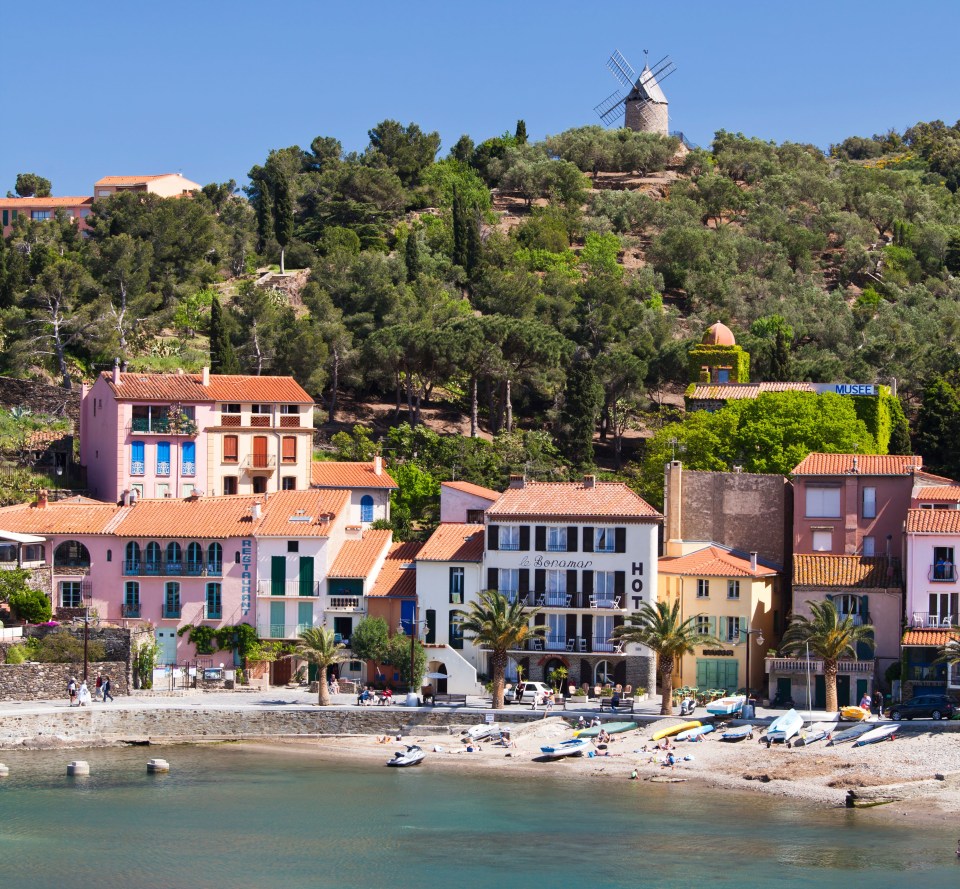
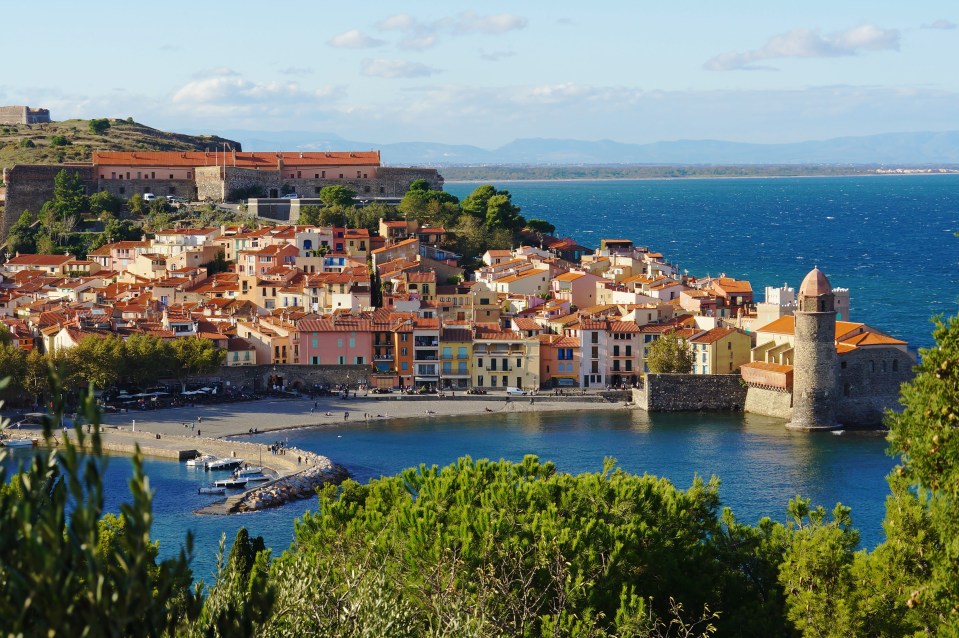
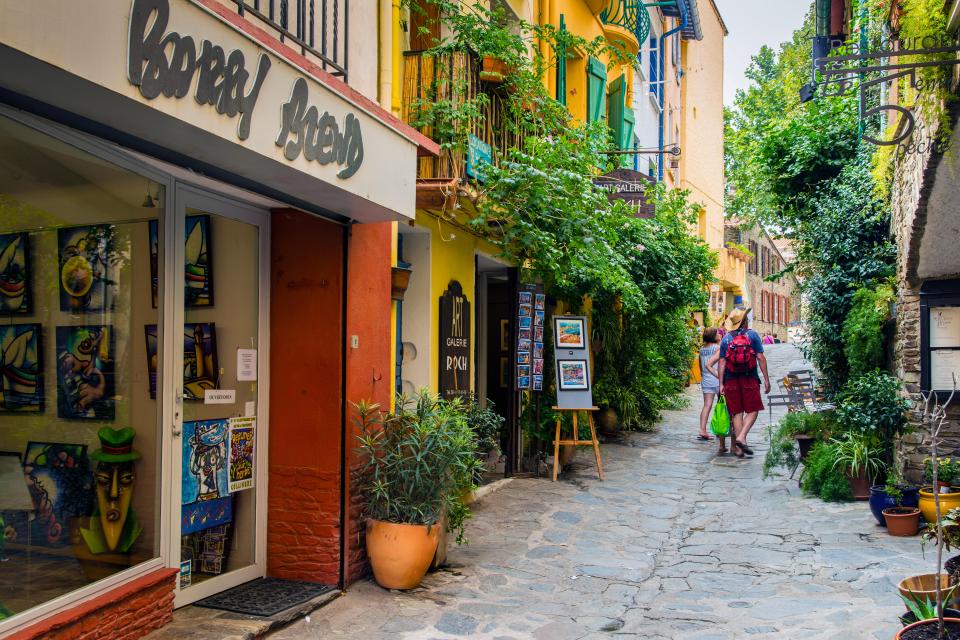
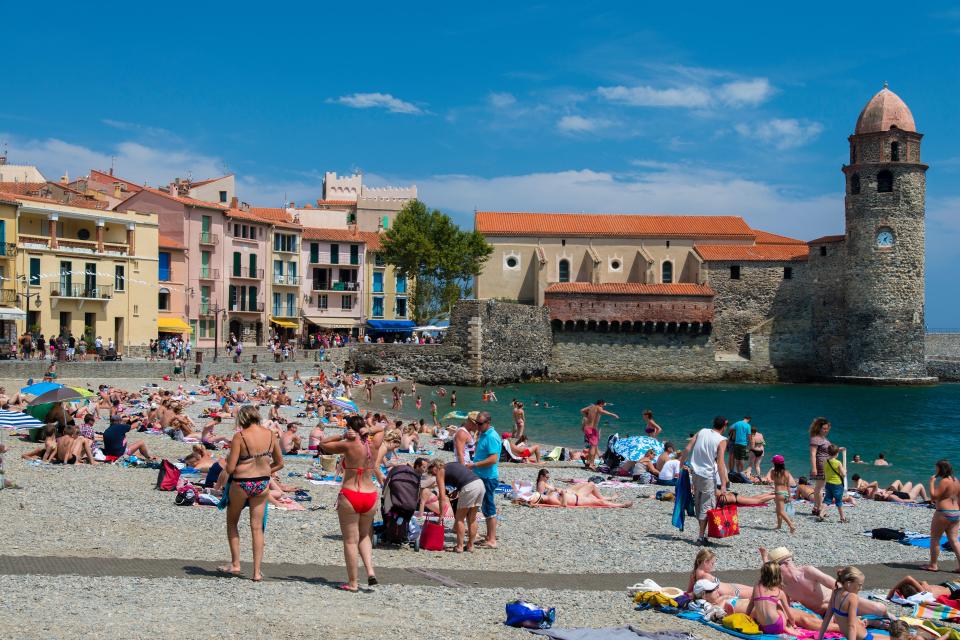
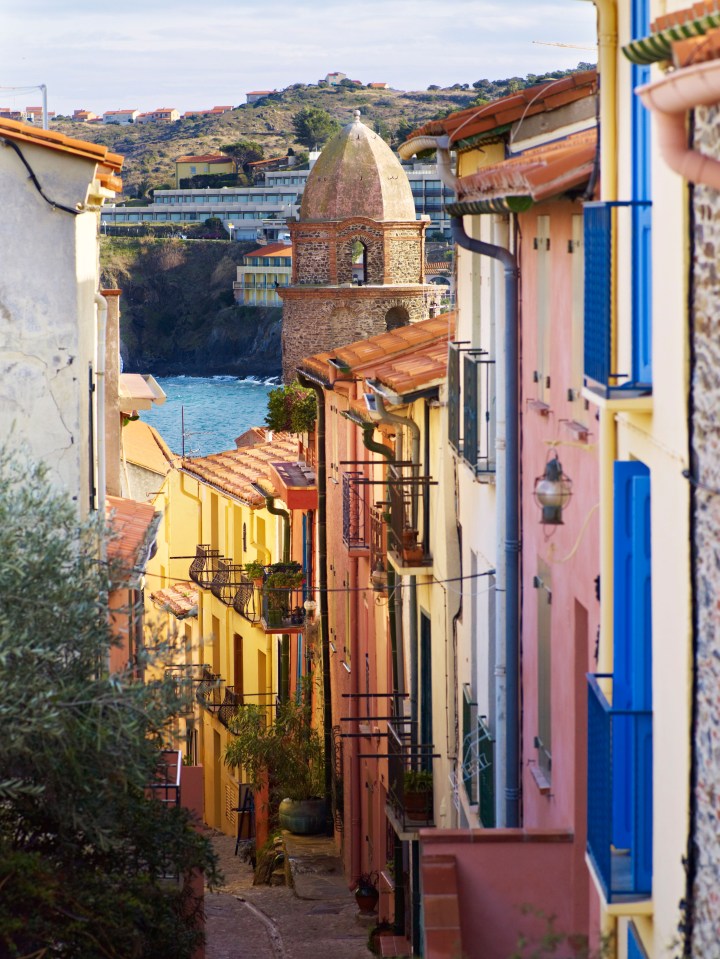















































































































































You must be logged in to post a comment Login